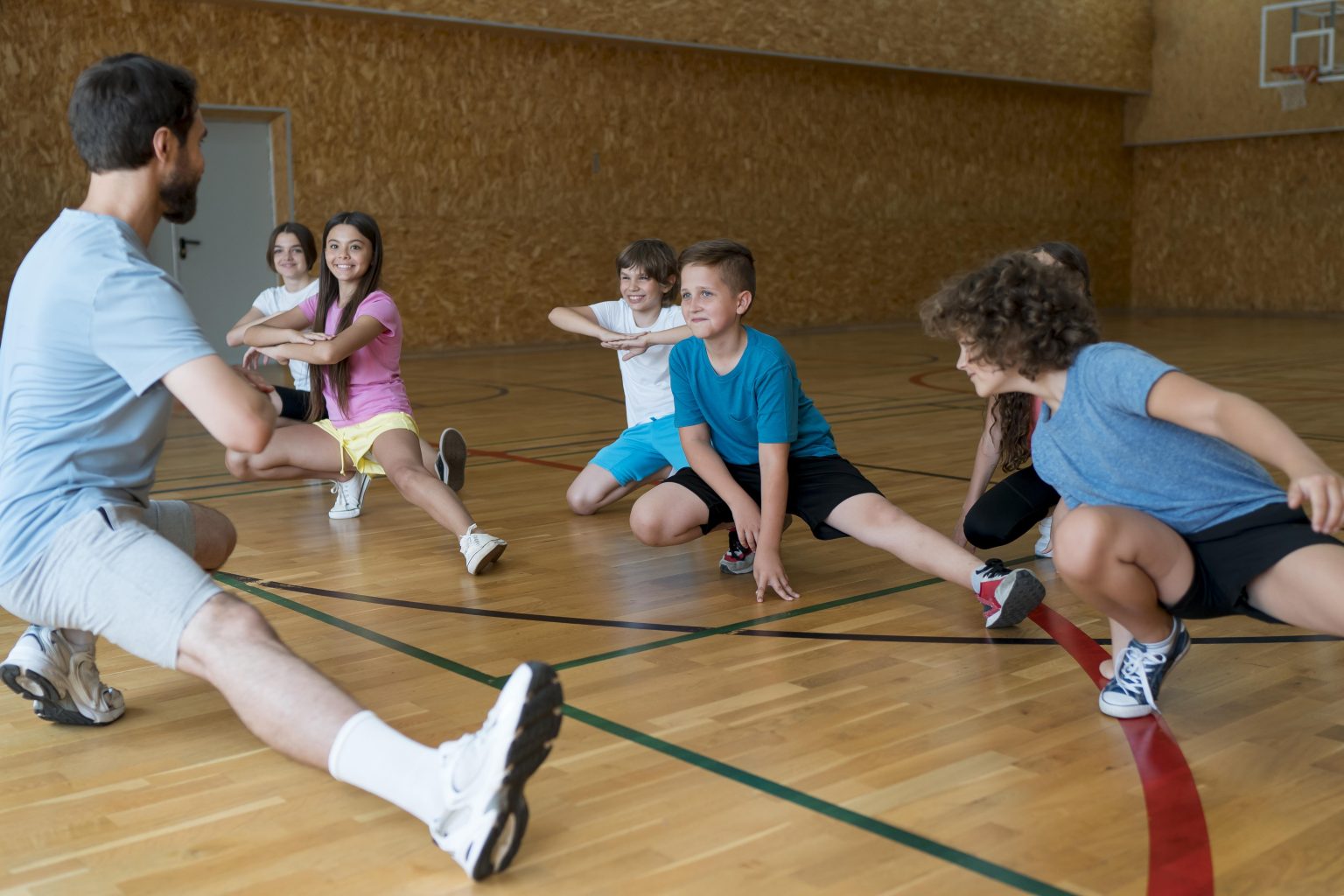Including sports in the school curriculum is essential to engaging students in physical activities. Besides promoting physical health, sports enhance mental well-being, teach valuable life skills, and foster a sense of community. Despite the numerous benefits, many schools face significant challenges in engaging students in sports activities.
Teachers and scholars have debated this topic in education conferences, and in this article, we will explore the challenges and strategies to increase student participation in sports.
The Benefits of Sports in Schools
Before delving into the challenges and strategies, it’s important to highlight the benefits of sports in schools:
- Physical Health: Regular physical activity helps combat childhood obesity, improves cardiovascular health, and strengthens muscles and bones.
- Mental Health: Participation in sports can reduce stress, anxiety, and depression. It also improves concentration, memory, and overall mental resilience.
- Social Skills: Sports teach teamwork, leadership, and communication skills. They provide a platform for students to interact, collaborate, and build friendships.
- Discipline and Time Management: Balancing academics and sports requires good time management and self-discipline, valuable skills for future endeavours.
- Academic Performance: Studies have shown that physically active students tend to perform better academically due to improved concentration and cognitive function.
Challenges in Engaging Students in Sports
Despite these benefits, schools face several challenges in getting students involved in sports:
- Lack of Facilities and Resources: Many schools lack adequate sports facilities, equipment, and funding. This makes it difficult to offer a wide range of sports activities and maintain quality programs.
- Academic Pressure: The emphasis on academic achievement often leaves little time for extracurricular activities. Students and parents may prioritise studies over sports, fearing that sports participation could negatively impact academic performance.
- Interest and Motivation: Not all students are naturally inclined towards sports. Some may lack interest or motivation, feeling that they are not skilled enough to participate or enjoy sports activities.
- Inclusivity: Ensuring that sports programs are inclusive and cater to all students, regardless of physical ability, gender, or socio-economic background, is a significant challenge. Some students may feel excluded or marginalised.
- Parental Support: Parental attitudes towards sports can influence student participation. If parents do not value sports or are overly concerned about injuries, they may discourage their children from participating.
Strategies to Increase Student Engagement in Sports
To overcome these challenges and foster a sports-positive environment, schools can implement several effective strategies:
- Improving Facilities and Resources: Schools should prioritise investing in sports infrastructure. This includes building or upgrading sports facilities, providing necessary equipment, and seeking external funding or partnerships with local businesses and sports organizations.
- Integrating Sports into the Curriculum: Making sports a mandatory part of the school curriculum ensures that all students participate in physical activities. Schools can schedule regular physical education (PE) classes and offer a variety of sports to cater to different interests.
- Creating a Positive Sports Culture: Promoting a culture that values sports is essential. Schools can celebrate sporting achievements, recognise and reward student athletes, and involve the whole school community in sports events and activities.
- Providing Varied Sports Options: Offering a wide range of sports activities, including team sports, individual sports, and non-competitive recreational activities, ensures that there is something for everyone. Schools can conduct surveys to understand students’ interests and preferences.
- Encouraging Inclusivity: Schools should ensure that sports programs are inclusive and accessible to all students. This includes adapting activities for students with disabilities, promoting gender equality in sports, and offering financial assistance for those who cannot afford sports fees or equipment.
- Balancing Academics and Sports: Schools need to emphasize that sports and academics can coexist harmoniously. Providing academic support for student athletes, such as tutoring or flexible scheduling, can help balance their commitments.
- Engaging Parents and the Community: Involving parents and the community in school sports programs can enhance support and participation. Schools can organize workshops to educate parents about the benefits of sports, hold family sports days, and encourage community involvement in coaching and mentorship.
- Providing Motivation and Encouragement: Teachers and coaches should focus on encouraging students rather than just emphasizing competition and winning. Creating a supportive environment where effort and improvement are recognized can boost student motivation and confidence.
- Role Models and Mentorship: Inviting successful athletes as guest speakers or coaches can inspire students. Mentorship programs where older students or alumni guide younger students can also foster a positive attitude towards sports.
- Addressing Safety Concerns: Ensuring the safety of students during sports activities is paramount. Schools should implement strict safety protocols, provide proper training and equipment, and educate students and parents about injury prevention and management.
Engaging students in sports is vital for their development, yet schools face several challenges. With an effective plan and training staff for student and family support, schools can create an environment where sports are valued and enjoyed by all students, contributing to their physical, mental, and social well-being.



